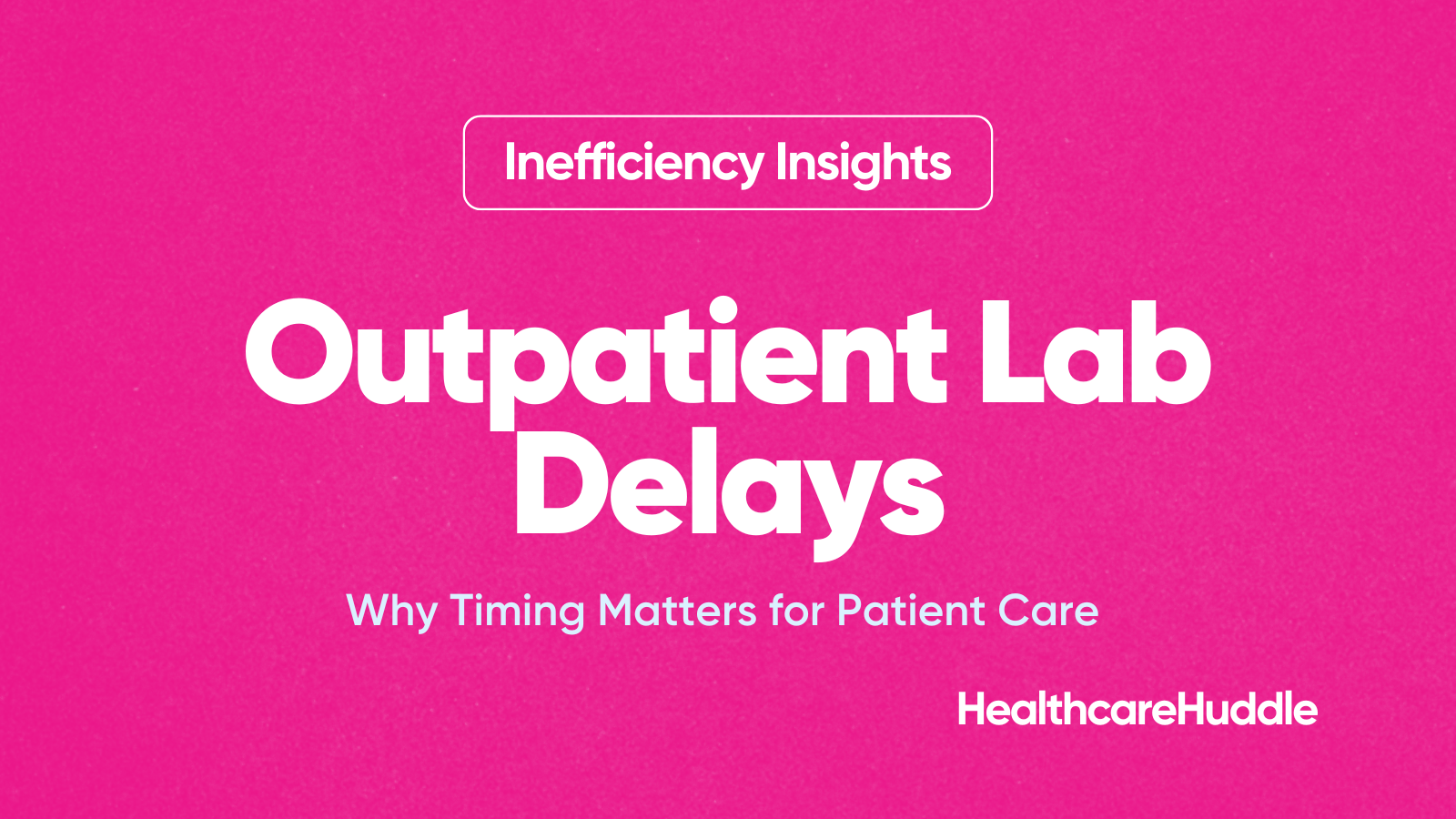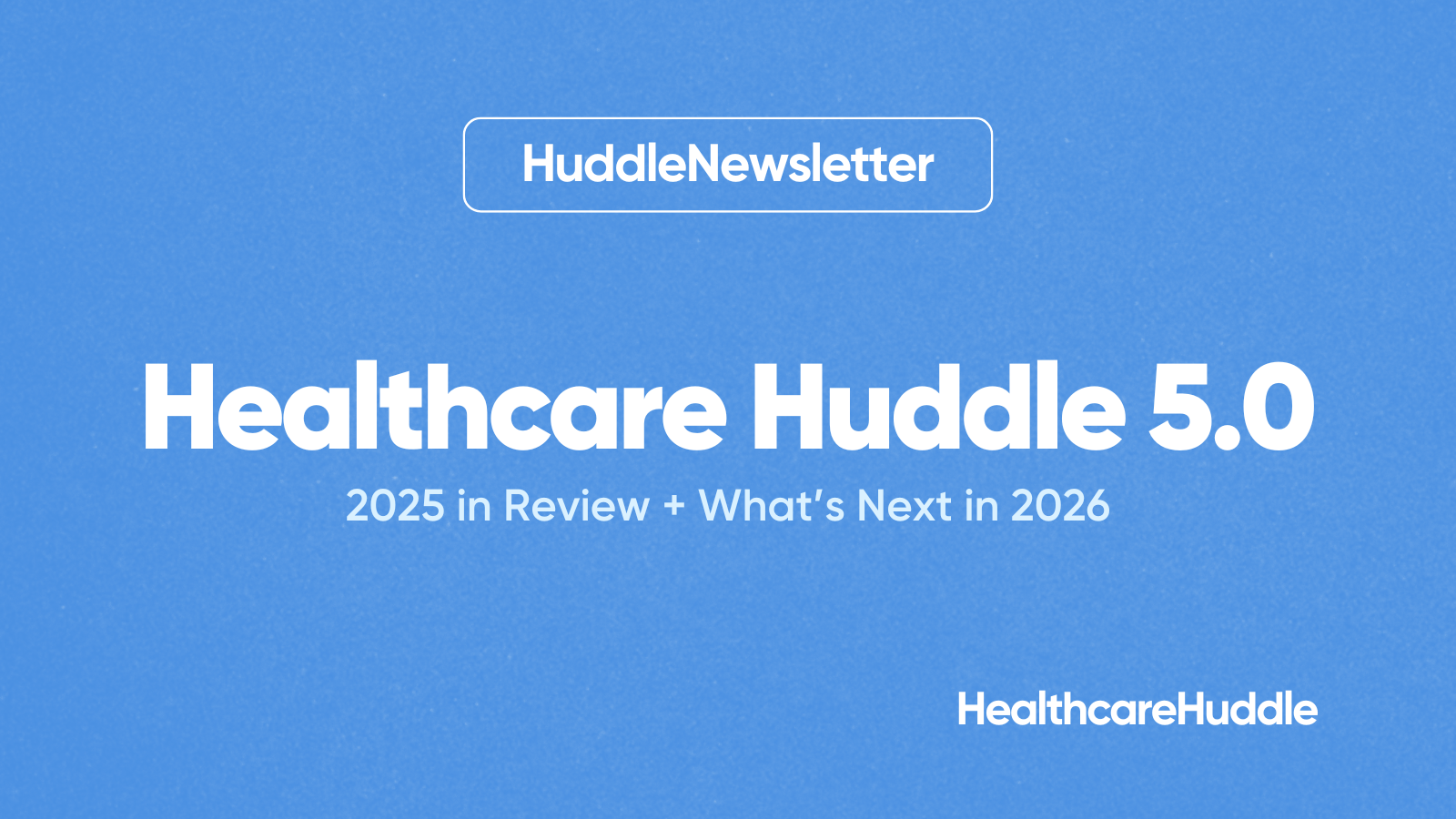We’ve officially exited the pandemic-era digital health funding cycle.
It was fun while it lasted.
In this article, I’ll recap Rock Health’s latest annual digital health funding report, highlight key funding trends, and go on my now annual rant on why workflow companies will become the top-funded value proposition.
The Deets
Startups raised ~$11 billion across ~500 deals last year, accounting for the lowest funding year since 2019. The total funding in 2023 represents a 65% drop in funding compared to 2021 (the peak of digital health funding at $30 billion).

In 2021, interest rates were low, so borrowing money was cheap for investors. They poured money into startups. However, interest rates have increased since then, making borrowing money less cheap, forcing investors to truly invest in high-value digital health solutions.
Despite decreased funding over the past two years, there was no mass exodus of digital health startups as I (and others) expected. According to Rock Health’s data, less than 5% of digital health companies that raised more than $2 million are no longer operating, and this rate hasn’t changed much over the years. At the same time, around 80% of currently-active digital health startups that raised money in 2021 or earlier have yet to raise another labeled round as of 12/31/2023 (e.g., Series A round).
So how are these companies still in business? I surely doubt they’re all profitable.
Rock Health’s Madelyn Knowles and Mihir Somaiya answer how these startups may have gone two years without raising a labeled round:
Extension rounds: additional fundraising for a startup, occurring after a major funding round, often to provide extra capital for growth or to extend the company's financial runway.
Unlabeled rounds: non-standard, flexible funding events that don’t adhere to the typical sequence of seed, Series A, B, etc., and are tailored to the company's specific financial needs or strategic goals. For perspective, ~45%% of 2023’s fundraising deals were unlabeled, up 1000% from 2019.
Silent rounds: funding events that are deliberately kept confidential and not publicly announced, often to maintain strategic discretion or control over market perception.
Even if successfully done, the above types of “rounds” pose risks for startups. Extension rounds may suggest a startup's cash burn is higher than anticipated or milestones are unmet, potentially affecting future valuations and investor interest. Unlabeled and silent rounds, while offering flexibility and discretion, can lead to investor confusion about a company's stage and progress, and lack of public funding announcements might impact the firm's ability to attract new stakeholders due to reduced visibility.
Madelyn and Mihir list three types of fates for digital health startups going forward:
Fundraise a labeled round (e.g. Series A)
Exit
Close up shop
To be determined in 2024
#Trending
Top-funded value propositions weren’t included in the Rock Health’s annual report, but I can extrapolate from their Q3 ‘23 report which areas received the most funding. Since Q4 ‘23 was the slowest funding quarter since 2019, I’m assuming the top-funded areas didn’t change much from Q3 ‘23.
The top-funding value propositions in 2023 were likely treatment of disease (e.g., these GLP-1-backed weight loss companies), nonclinical workflow, and healthcare marketplace:
Treatment of disease (~$2 billion raised): the weight-management market, which I want to start calling “Metabolic Health,” falls under treatment of disease, with “disease” being overweight or obesity. This market has flooded with new and old companies launching GLP-1 weight-loss services.

Nonclinical workflow (~$2 billion raised): Artificial intelligence and its large language models have immense potential to transform workflows to streamline nearly every operational aspect of healthcare. I’ve reported on this topic extensively throughout the year (my latest here).
Healthcare Marketplace (~$1.5 billion raised): companies in the healthcare marketplace space are those who are making it easier for consumers to navigate this complex healthcare system. Check out MiResource, for example.
Dash’s Dissection
Workflow and treatment of disease will be the top-funded value propositions this year based on current trends. At this point, I should say the following:
If you’re a digital health company not offering an AI-backed service or GLP-1s, what are you doing?
I only joke. But these two areas are truly taking over digital health.
First, around two years ago, I noted workflow companies were going to “skyrocket,” after they jumped from the 11th top-funded value proposition to number three in Q1 ‘22. Since then, the workflow value prop has held its funding place. With rapidly advancing large language models, I only see workflow companies becoming more popular and more heavily invested (I said the below in 2022)
The palpable value proposition is what many others and I love about workflow companies: streamlining processes. Any company streamlining the system’s egregiously broken processes is immediately valued by key stakeholders like physicians (see all the inefficiencies I’m keeping track of here). Additionally, these workflow companies are inherently more scalable than other digital health companies requiring providers. It’s obviously easy to scale technology (especially with AI) than providers that are limited in supply. Read: attractive investment opportunity.
Second, we saw a flood of new startups offering GLP-1 meds for weight loss launch in 2023. At the same time, existing digital health companies (e.g. Ro, Teledoc) launched new services offering these GLP-1 meds as well. At this point, if you’re a digital health company in the metabolic health space, and you’re not offering GLP-1 meds—you’re missing out. With all the robust evidence behind GLP-1s, it’s hard to be in the space and refuse to offer access. Given the evidence behind the medications and the vast market (42% of adults have obesity), investments should be flowing.
But proceed with caution. It will be hard for digital health startups to differentiate themselves if they’re all offering GLP-1 meds like candy.
As I’ve said before, I believe startups will differentiate themselves by offering integrated, sustainable care targeted at the populations who need it most (see Twenty30.health, for example). These startups will engage with payers, health systems, and employers to take full ownership of managing care for patients with overweight or obesity. They’ll offer nutritional counseling, behavioral therapy, lifestyle coaching, medical treatment, and surgical treatment. Some startups may even be open to risk-based contracting to take on all the risk in caring for these patients. Startups taking the integrated and sustainable approach to overweight and obesity treatment will be the most sustainable monetarily, and the ones investors should be eyeing.
In summary, digital health funding is facing a significant downturn since the pandemic-era peak in 2021. We've observed around $11 billion raised across ~500 deals in 2023, marking a steep 65% decline from the 2021 peak. Despite this, less than 5% of digital health companies stopped operations, a testament to the evolving nature of funding strategies (and their resilience?). These new funding approaches, while providing necessary capital, come with inherent risks and implications for startups' future growth and investor relations. The digital health landscape is adapting to these changing financial dynamics, indicating a shift towards more strategic and sustainable investment practices in the post-pandemic era.






